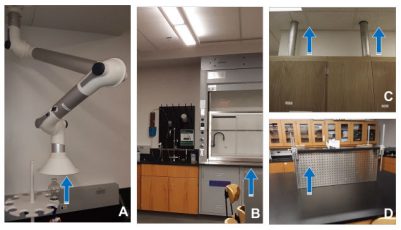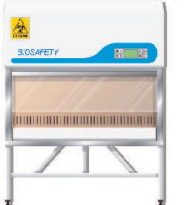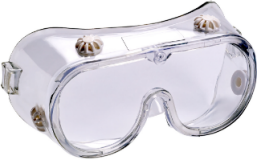Safety Tipsheets & Best Practices
The ACS Committee on Chemical Safety (CCS) is publishing a series of short, topical guides to help those who work in laboratories better understand the general aspects of laboratory and chemical safety. These documents are intended to provide basic guidelines for best laboratory practices, including risk management and accident prevention.
The Basics of Laboratory Ventilation

Ventilation is necessary to minimize chemical exposure risks for people working in laboratories. To protect yourself effectively against airborne contaminants such as volatile organic compounds (VOCs), it is essential for you to understand the basics of laboratory ventilation.
Laboratory Ventilation Terms & Definitions

As a laboratory worker, knowing laboratory ventilation terms & understanding the role of mechanical, electrical, & electronic control systems will enable you to recognize the limitations of the ventilation system, spot operational issues, & provide valuable feedback critical for system maintenance.
Recommendations for Sharing, Cleaning, & Disinfecting Chemical Splash Goggles & Glasses

The Emerging Issues Subcommittee of the American Chemical Society’s Committee on Chemical Safety (CCS) was tasked to recommend safe practices for sharing, cleaning, and disinfecting chemical splash goggles and glasses.
Disclaimer
The information communicated in these documents have been compiled by recognized authorities from sources believed to be reliable and to represent the best opinions on the subject. These documents do not purport to specify minimal legal standards or to represent the policy of the American Chemical Society (ACS). No warranty, guarantee, or representation is made by the ACS as to the accuracy or sufficiency of the information contained herein, and the Society assumes no responsibility in connection therewith. These documents are intended to provide basic guidelines for best laboratory practices, including risk management and accident prevention. Therefore, it cannot be assumed that all necessary warning and precautionary measures are contained in these documents and that other or additional information or measures may not be required. Users of this guidance should consult pertinent local, state, and federal laws and legal counsel prior to initiating any risk assessment or accident-prevention program. Registered names and trademarks, etc., used in this publication, even without specific indication thereof, are not to be considered unprotected by laws.

